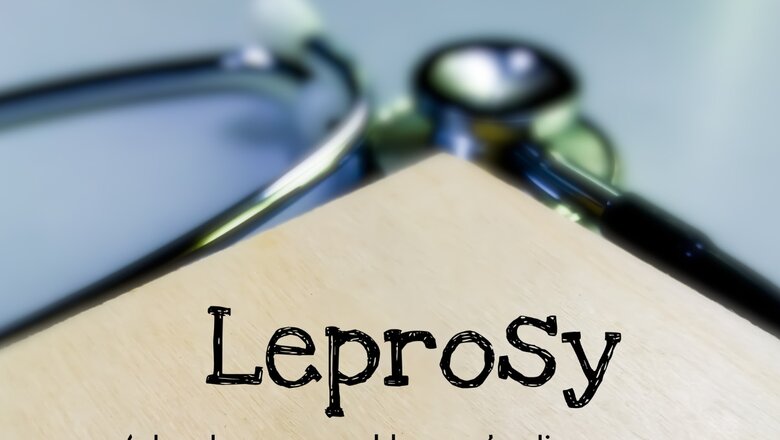
views
Aiming to create a leprosy-free India by 2027, the central government has approved a new treatment regimen for the chronic and infectious disease in the country from April 1, 2025. The Ministry of Health and Family Welfare has taken a significant step in the multi-drug therapy (MDT) treatment regimen for leprosy patients in India.
According to the letter written by the Directorate General of Health Services (DGHS), the National Leprosy Eradication Program (NLEP) is taking all required steps to stop the transmission of leprosy at the sub-national level by 2027 – which is three years ahead of sustainable development goals (SDG) target 3.3.
“With the approval of the competent authority, the Ministry of Health and Family welfare has decided to introduce a three-drug regimen for Pauci-Bacillary (PB) cases in place of a two-drug regimen for six months,” said the letter written by Dr Sudarshan Mandal, deputy director general, DGHS.
The letter, dated January 17, said that the move is following the “latest, globally accepted scientific research studies and evidence-based practices”.
WHO to Supply Drugs from April 2025
According to the World Health Organization (WHO), leprosy is a curable disease. The global body, in the letter, said it has “agreed to supply the revised drug regimen from 1st April 2025”.
Altering all states and Union Territories, DGHS has asked them to send their requisition of anti-leprosy drugs 12 months before the timeline.
Revised classification of leprosy and treatment regimen for paucibacillary (PB) and multibacillary (MB) cases in India will be implemented in states and Union Territories from April 1, 2025.
Paucibacillary patients have fewer bacteria visible and show no signs of advanced disease in biopsies, while multibacillary patients have visible bacteria and may show signs of more advanced disease in biopsies.
“We believe that this new treatment regimen for leprosy patients will mark a significant step forward in our collective efforts to eradicate leprosy in India by 2027,” said the letter.
As per WHO, the recommended treatment regimen consists of three drugs: dapsone, rifampicin and clofazimine. The combination is referred to as multi-drug therapy or MDT.
“The duration of treatment is six months for PB and 12 months for MB cases. MDT kills the pathogen and cures the patient.”
WHO has been providing MDT free of cost. Free MDT was initially funded by The Nippon Foundation and since 2000 it has been donated through an agreement with Novartis.
Efforts to Create ‘Leprosy-Mukt Bharat’
Last year, in January, Health Minister Mansukh Mandaviya announced the target of ‘Leprosy-Mukt Bharat’ by 2027.
Highlighting Mahatma Gandhi’s lasting compassion for those afflicted by leprosy, Mandaviya emphasised that the dedication and determination to address leprosy have deep roots in the nation’s history.
“Our efforts to eliminate leprosy from this country under the National Leprosy Eradication Programme is a great tribute to his vision. We are successful in achieving a prevalence rate of 1 case per 10,000 population at the national level in 2005,” he had said.
The government has also raised the welfare allowance from Rs 8,000 to Rs 12,000 for patients for their reconstructive surgery.
According to the government data, the prevalence rate of leprosy has decreased from 0.69 per 10,000 people in 2014-15 to 0.45 in 2021-22. Additionally, the annual new case detection rate per 100,000 population has dropped from 9.73 in 2014-15 to 5.52 in 2021-22.




















Comments
0 comment